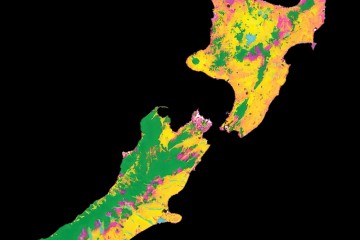Top
Show site links
Discover our science
Information for...
Our capabilities
Business solutions
Education
Identification
Resources
Related websites
Copyright Manaaki Whenua – Landcare Research © 1996 - 2025




















